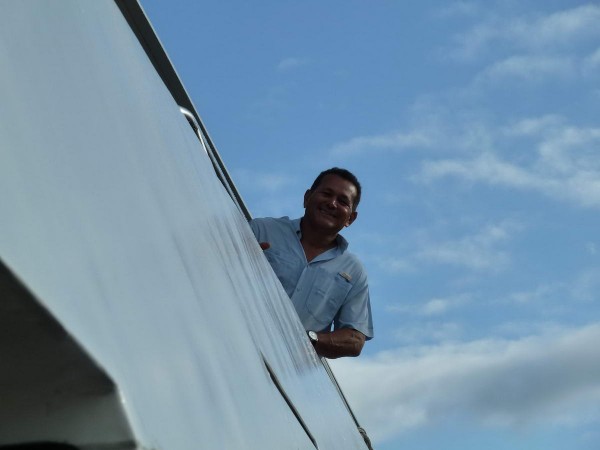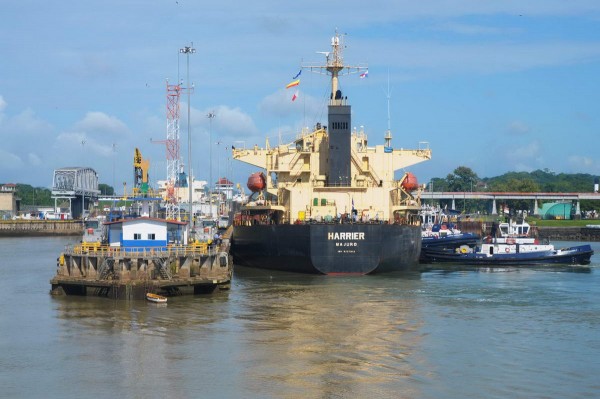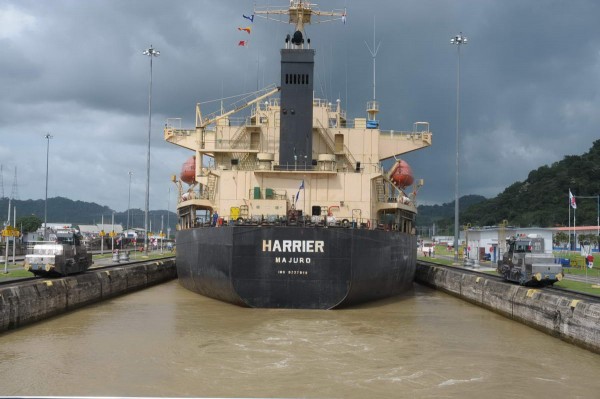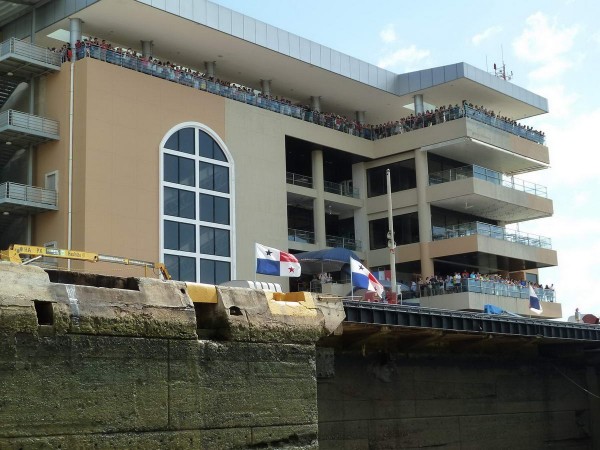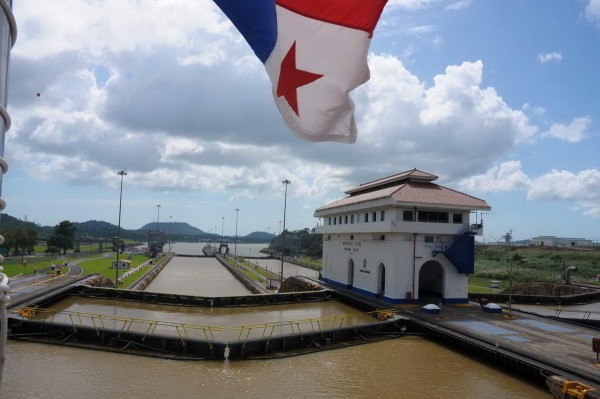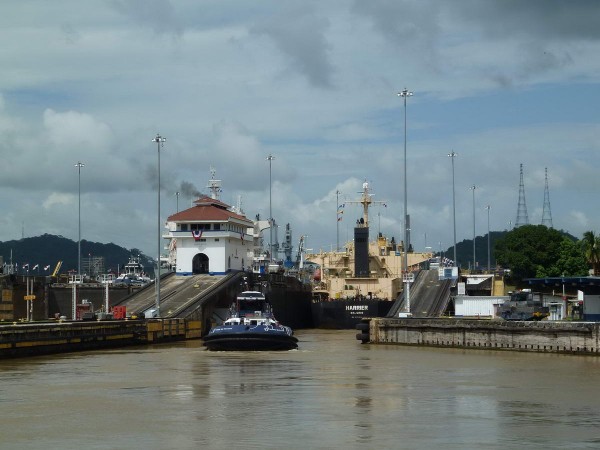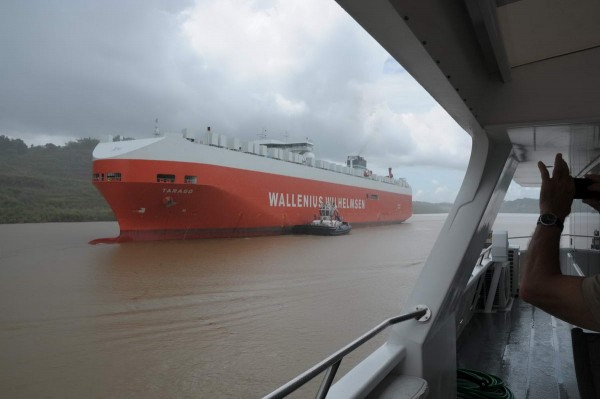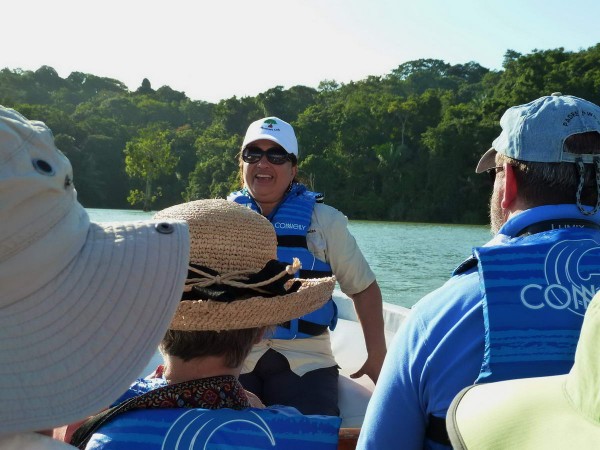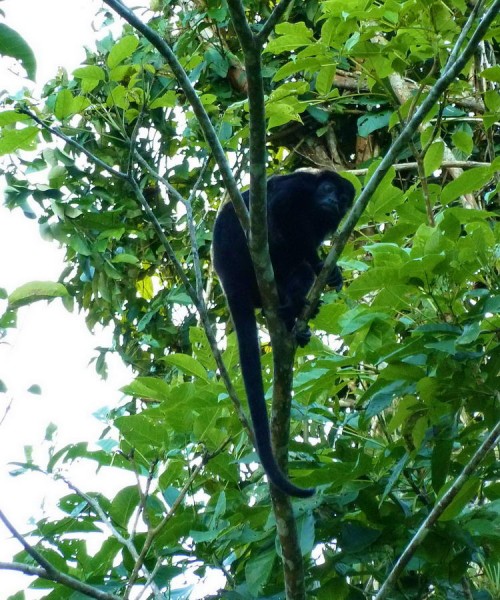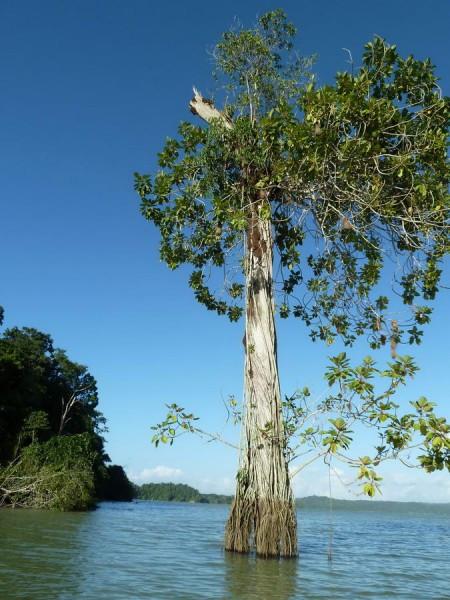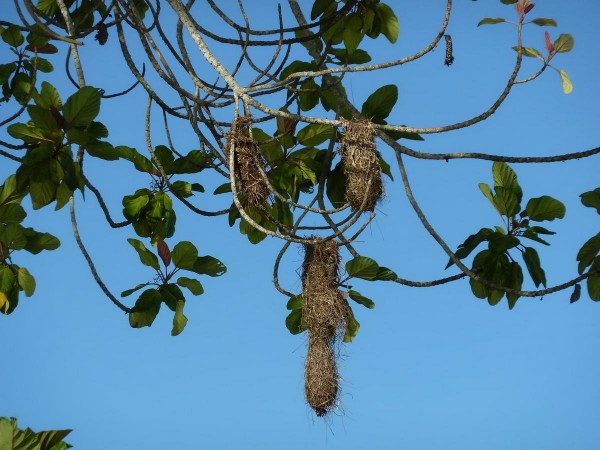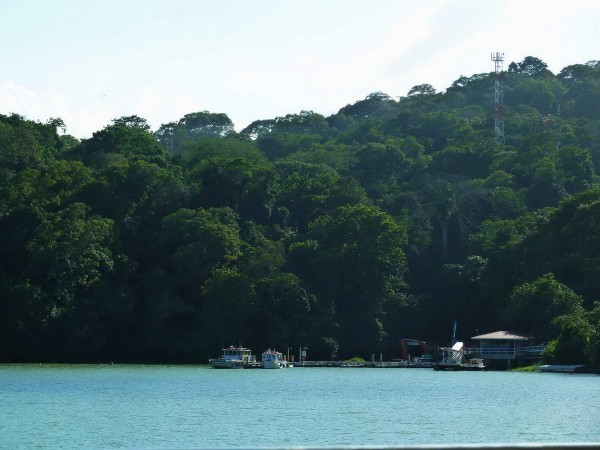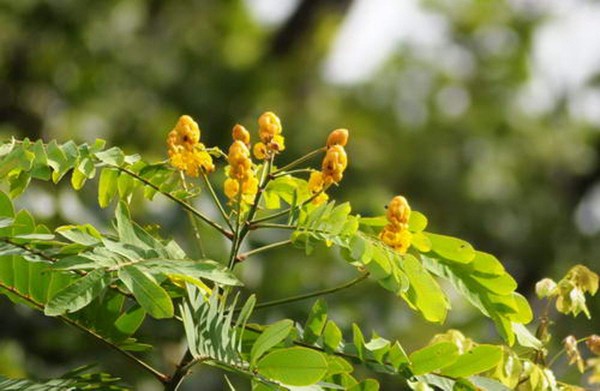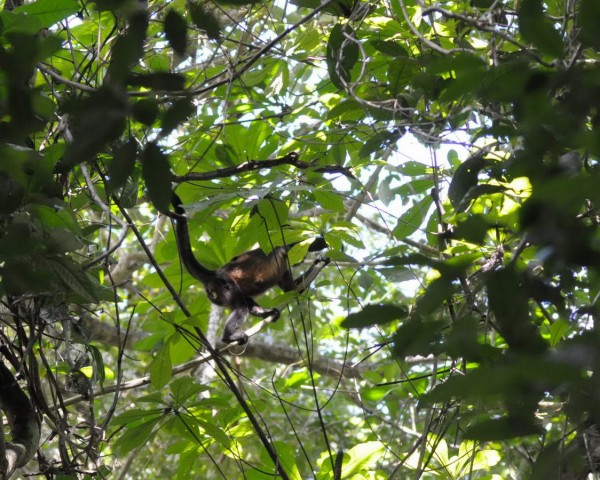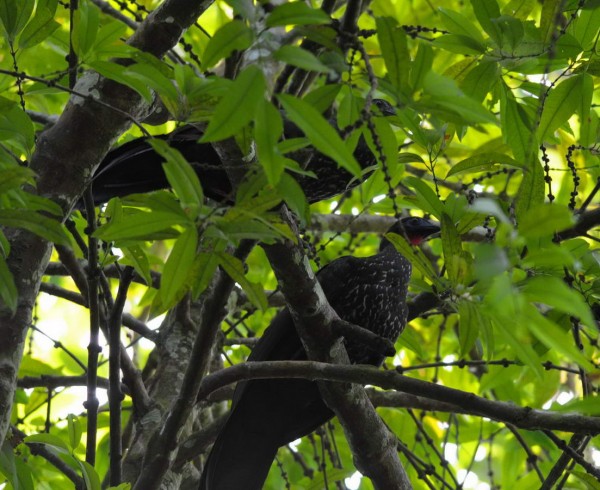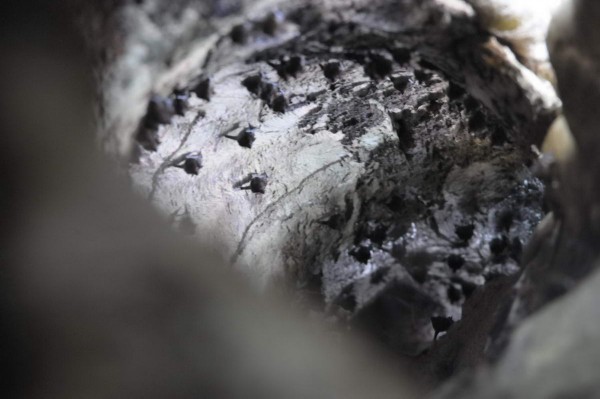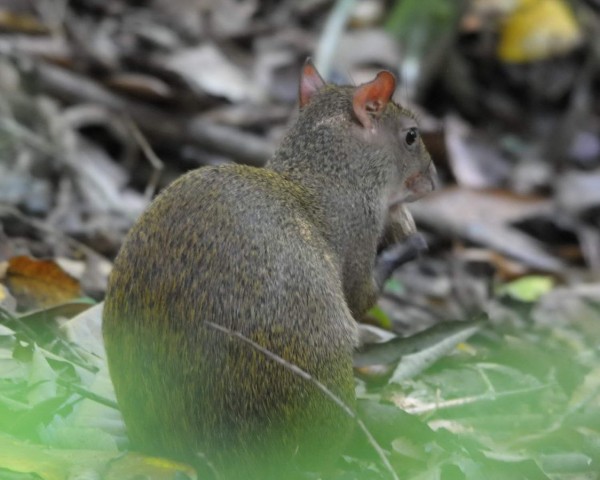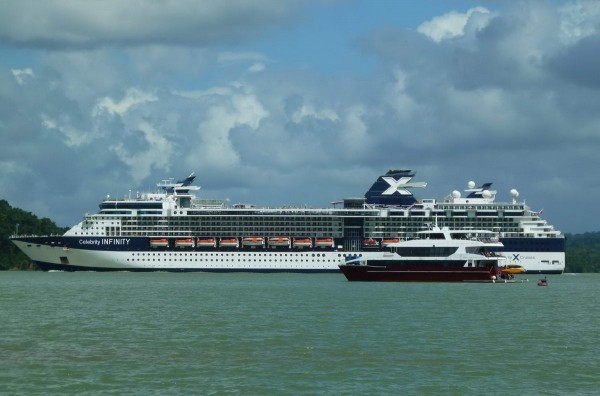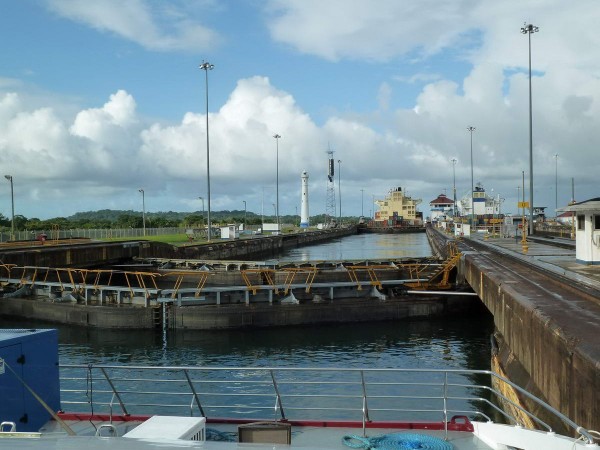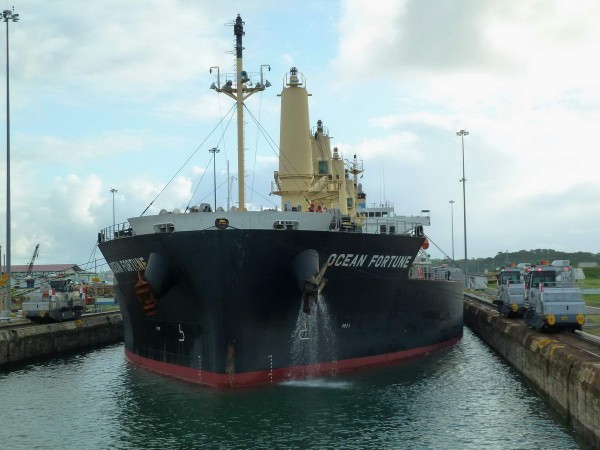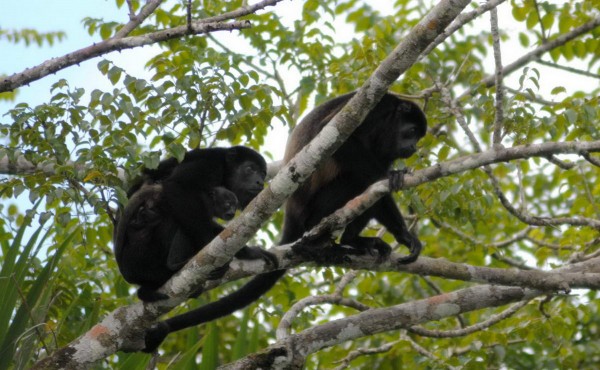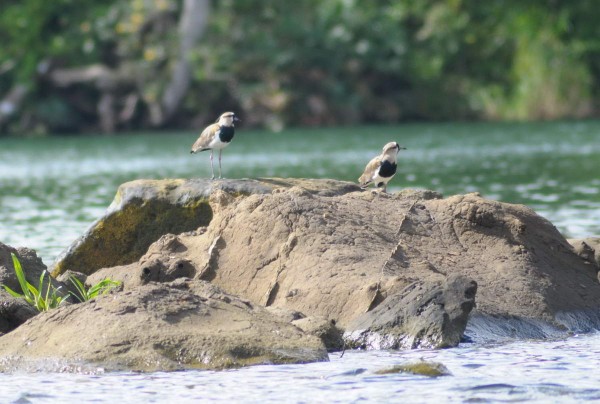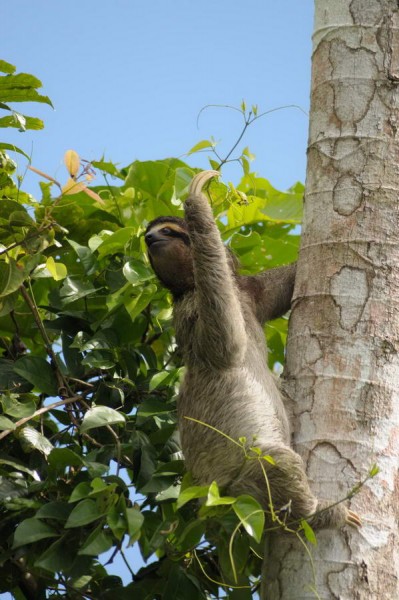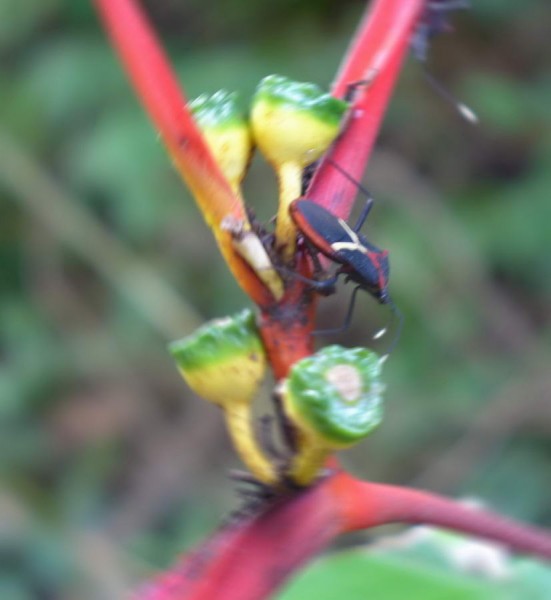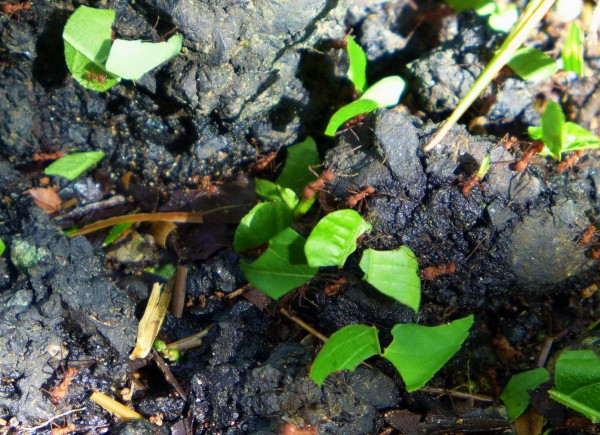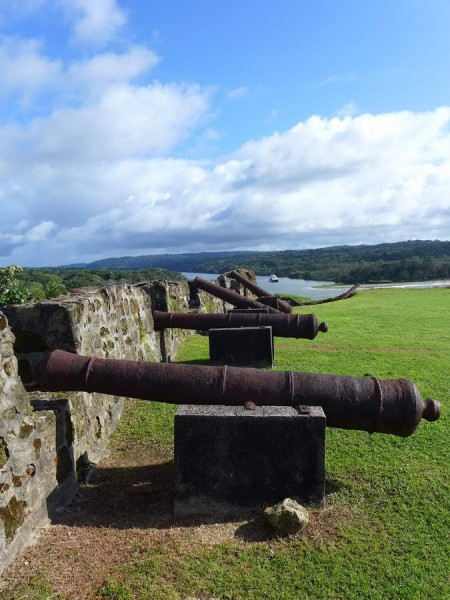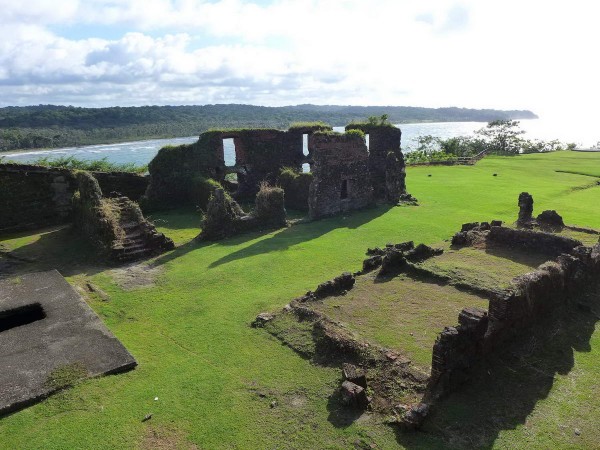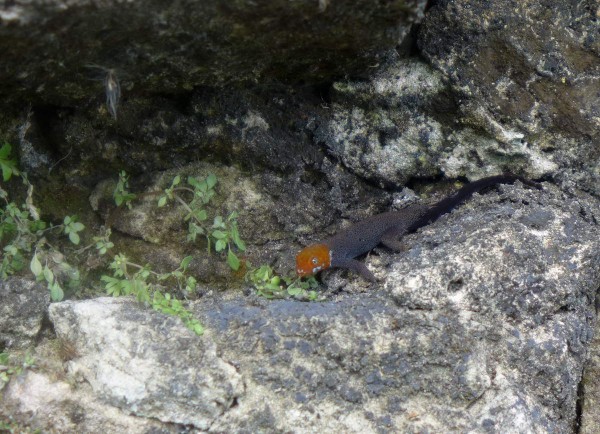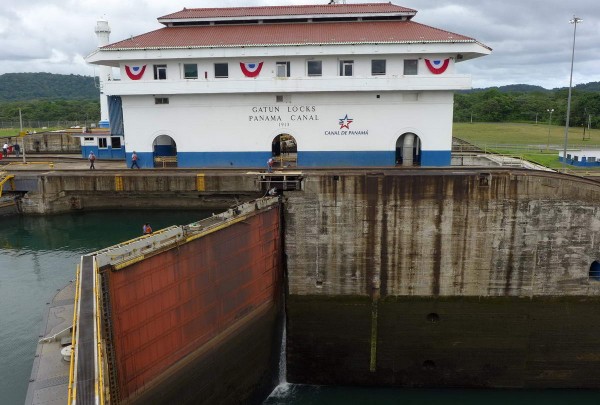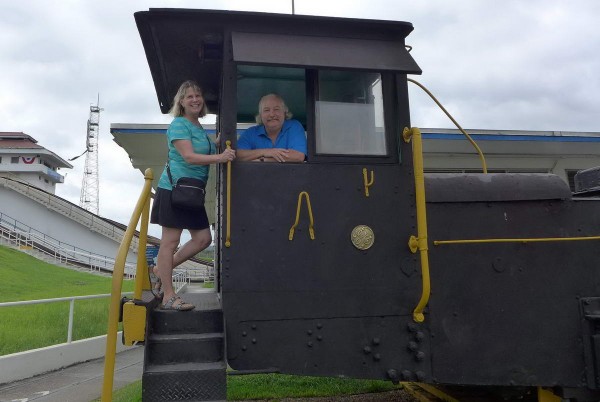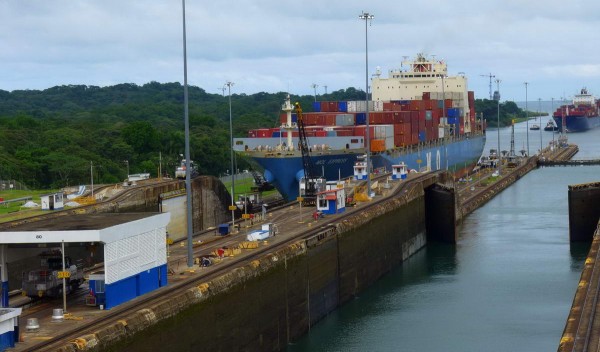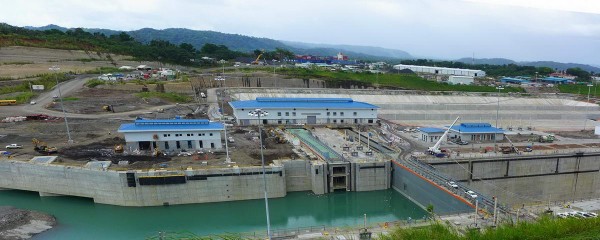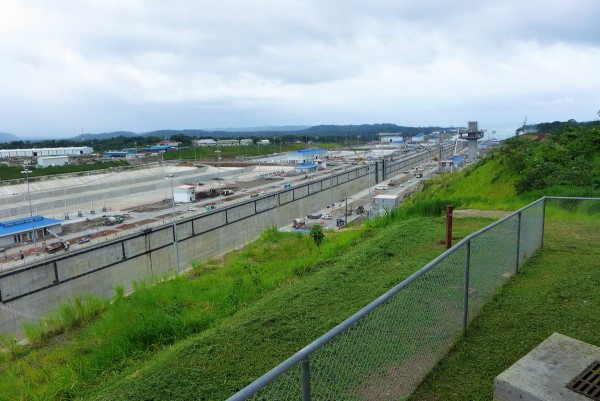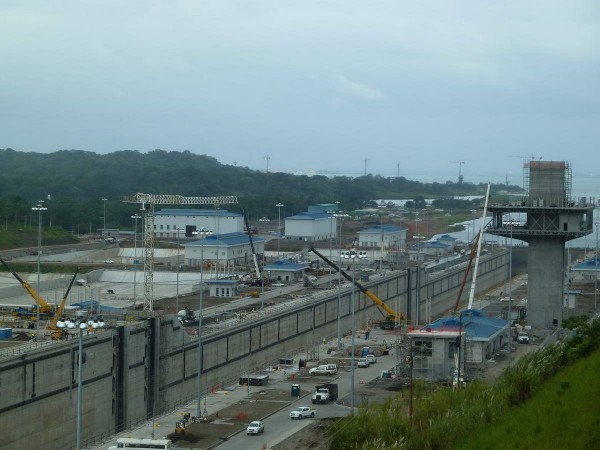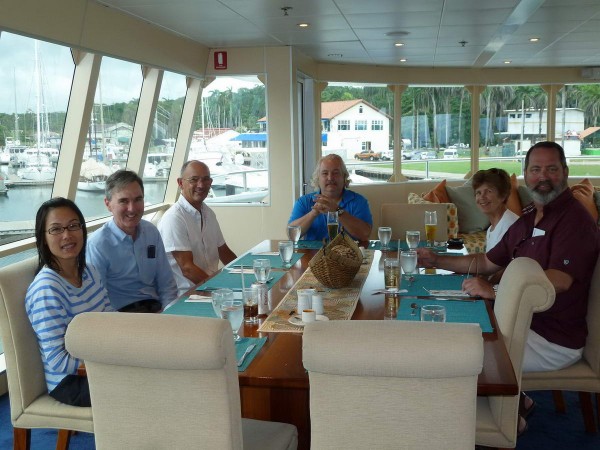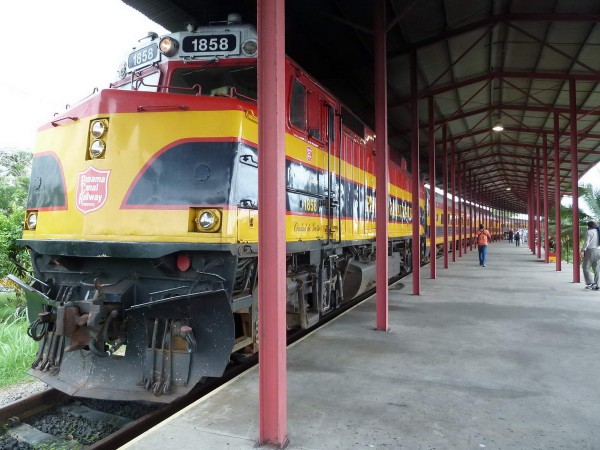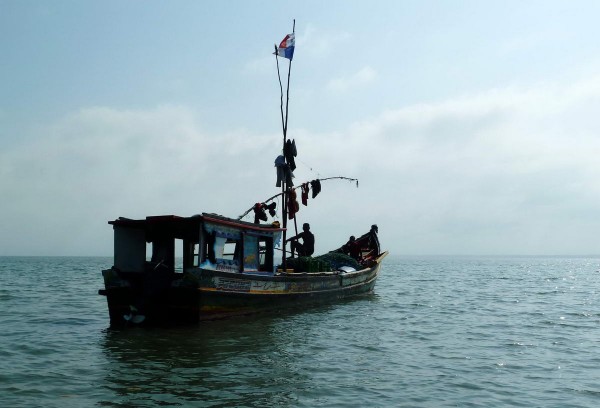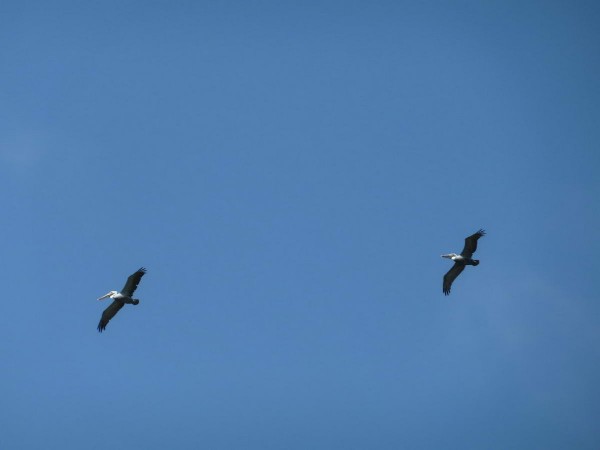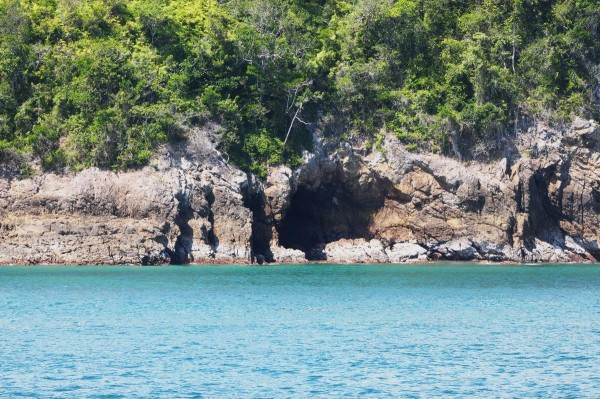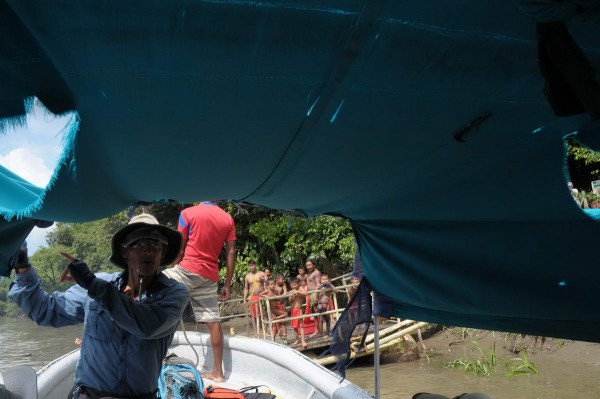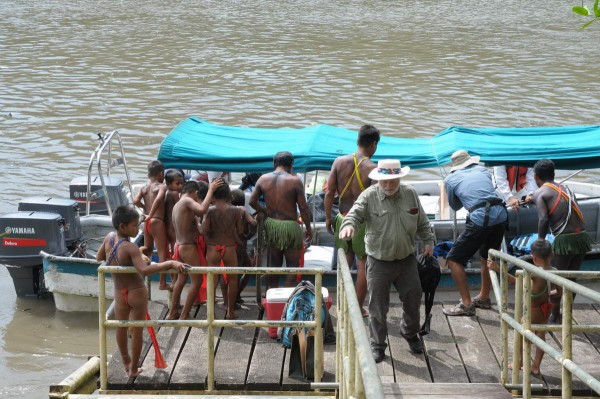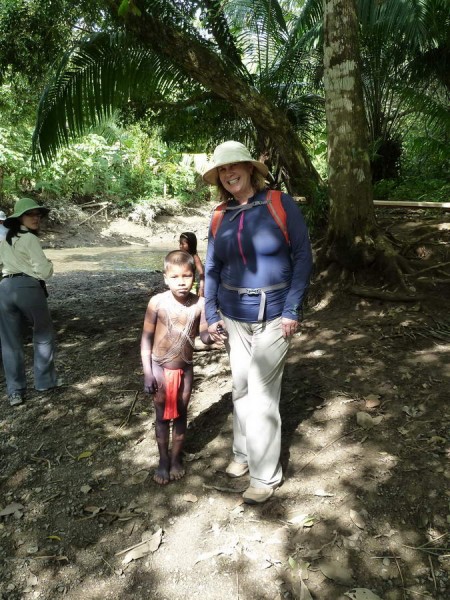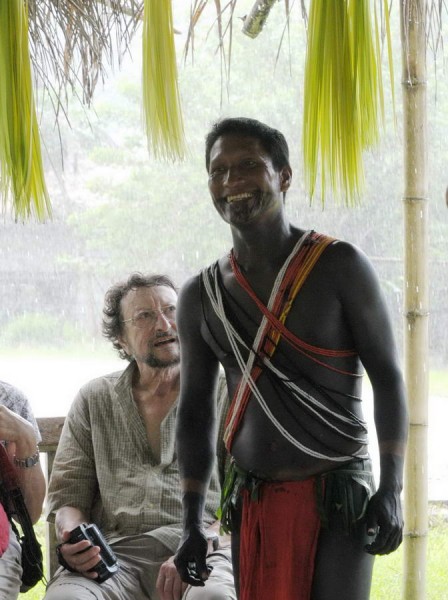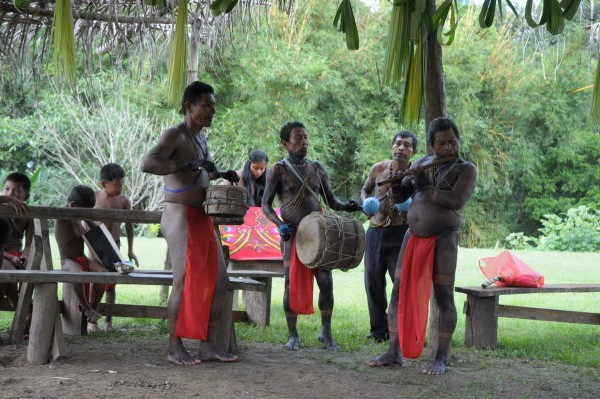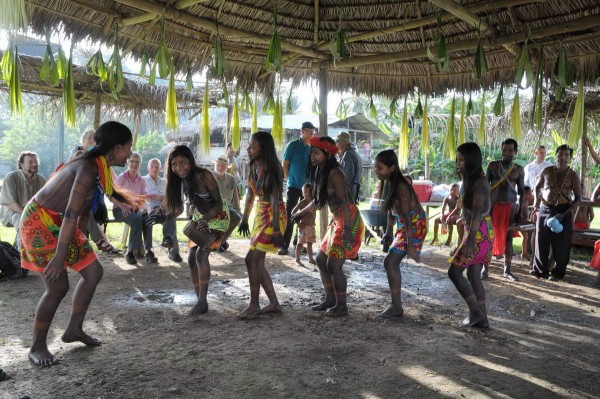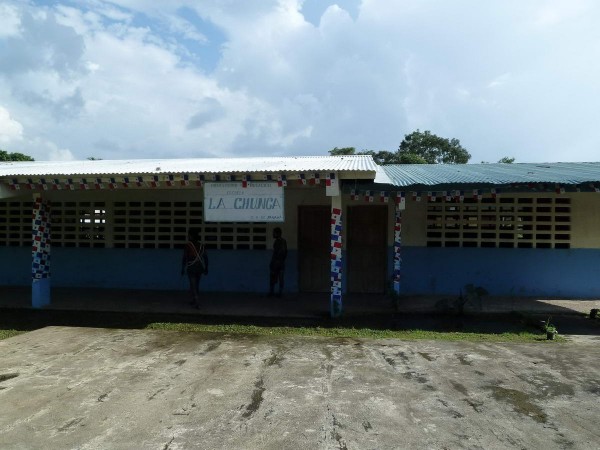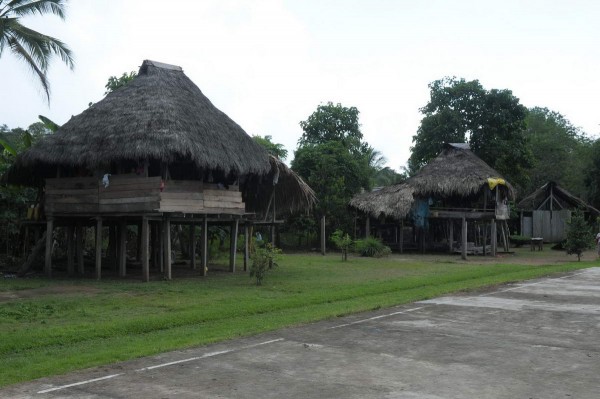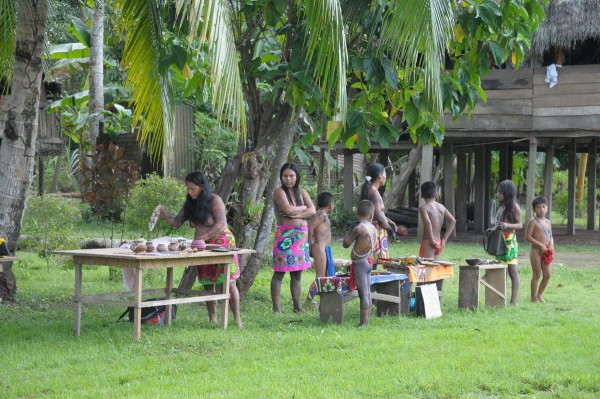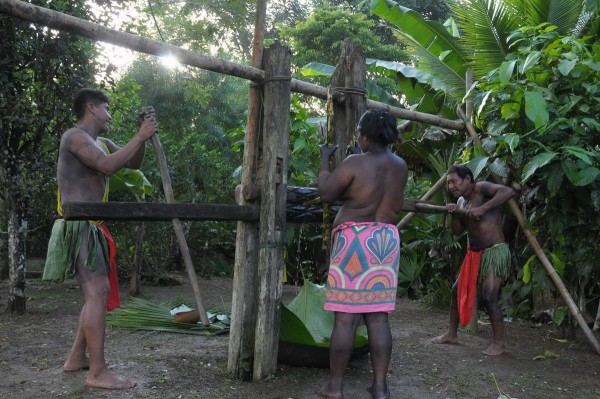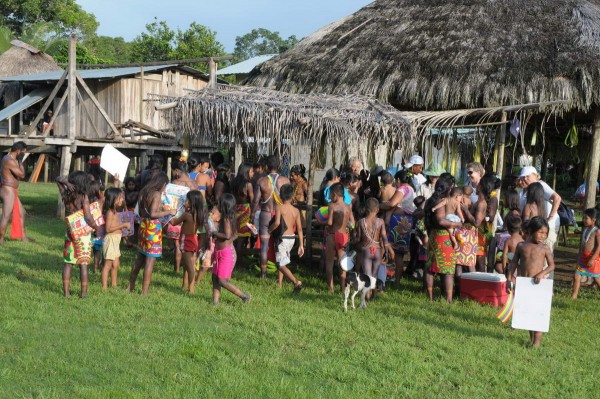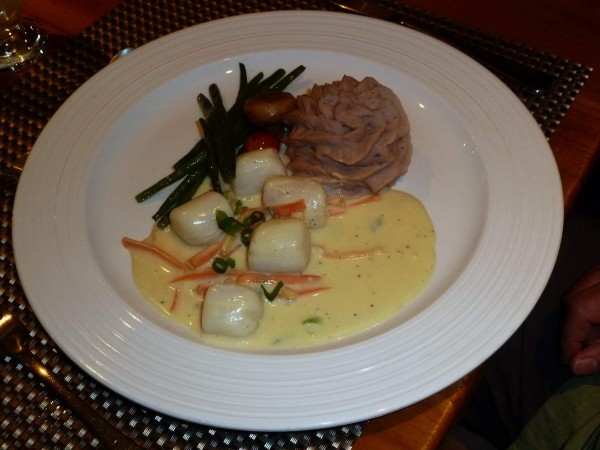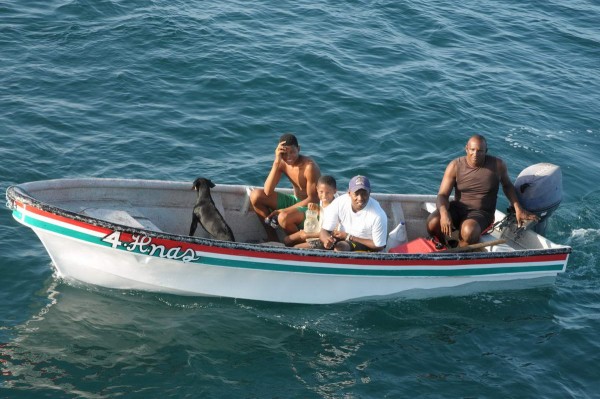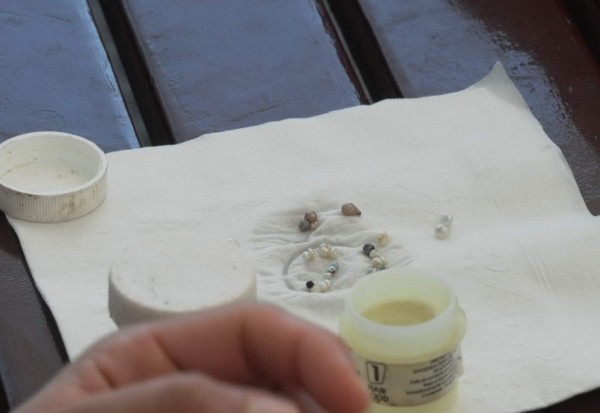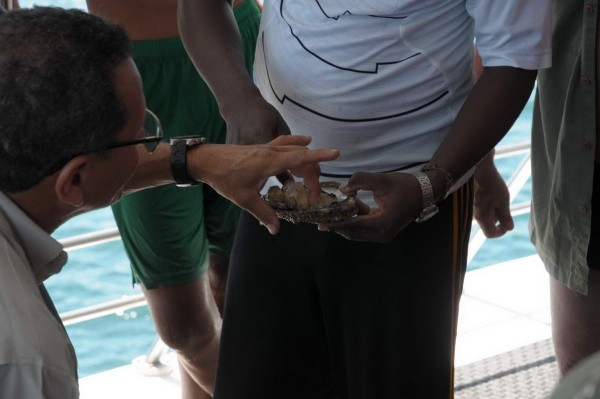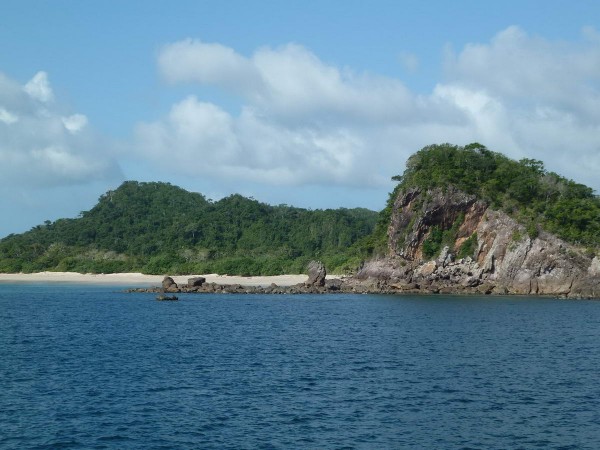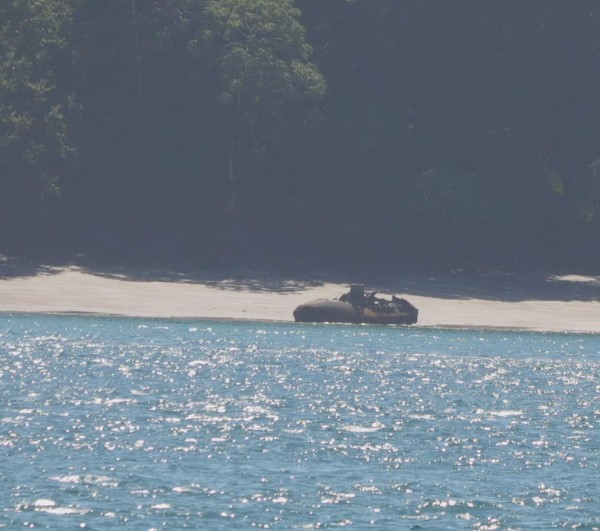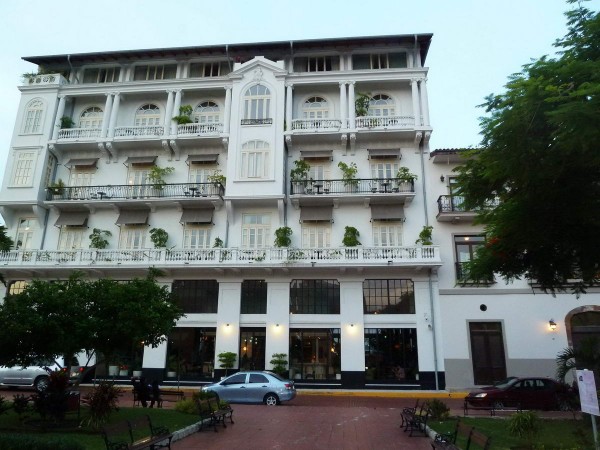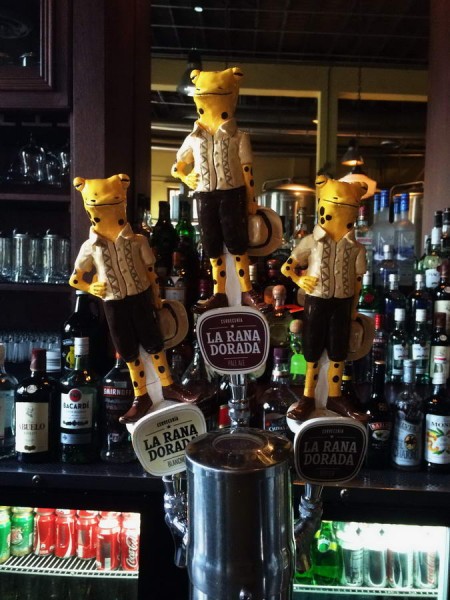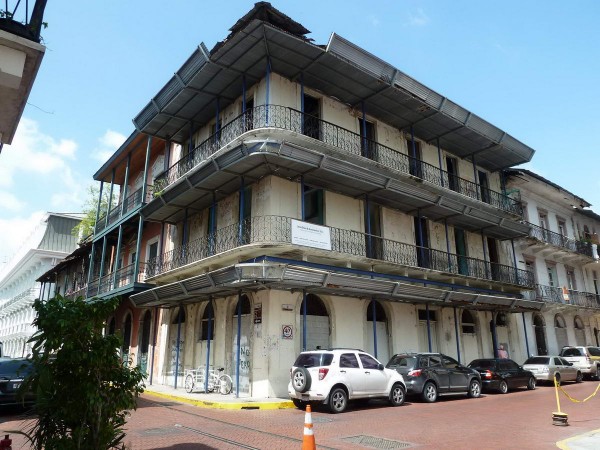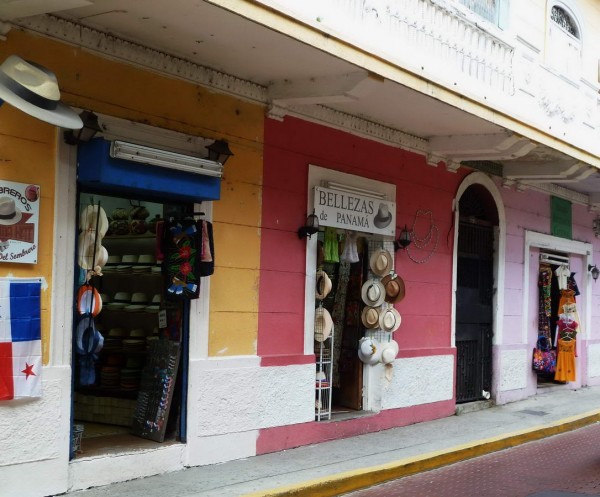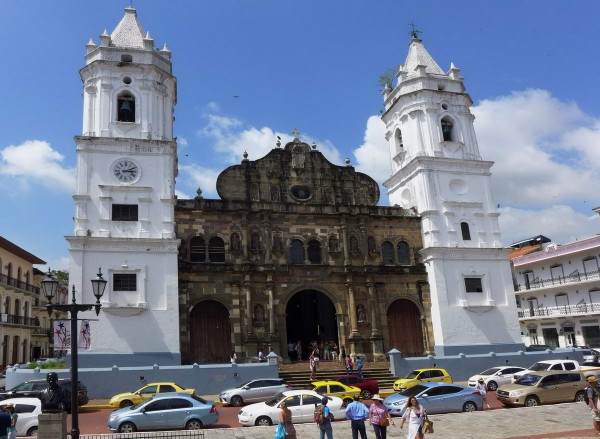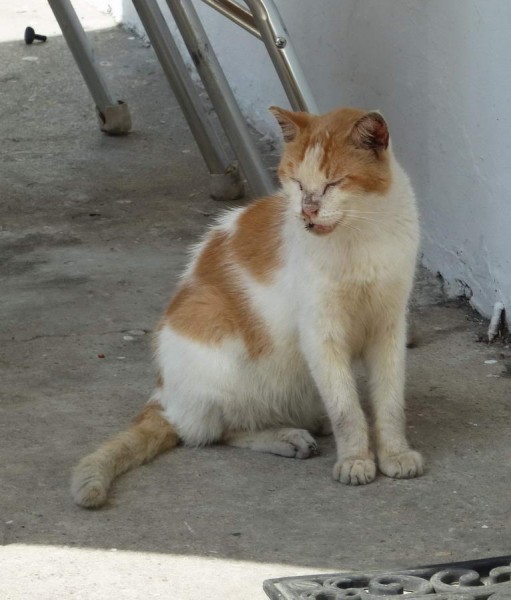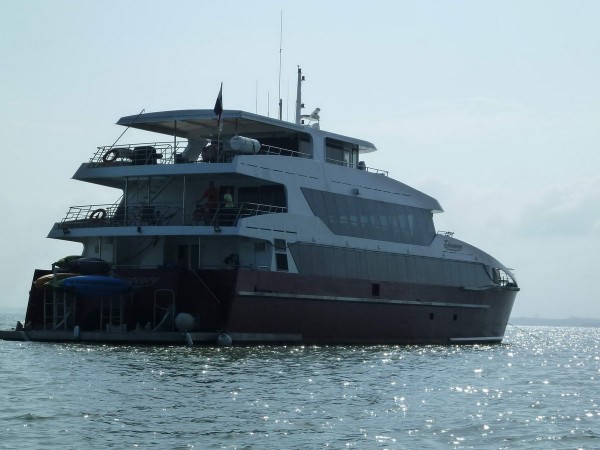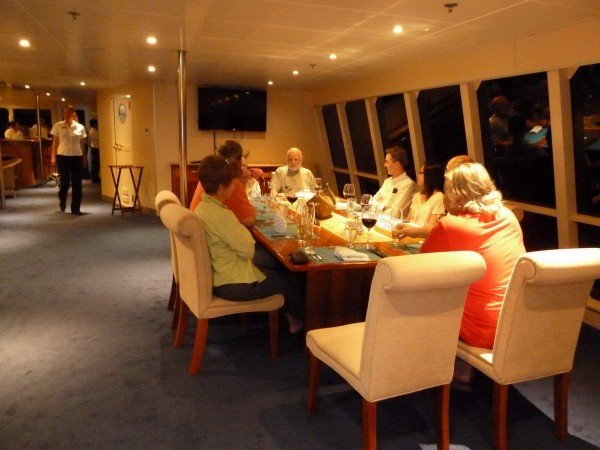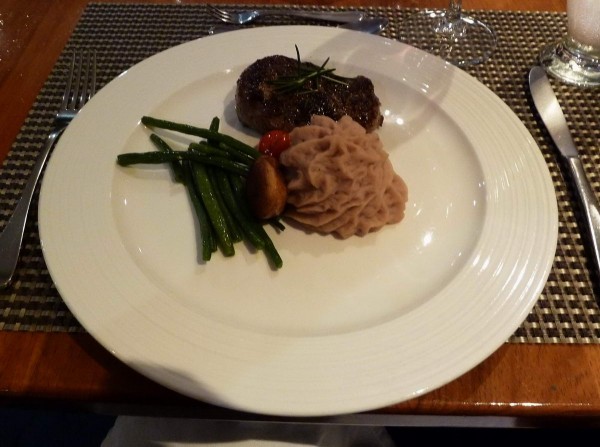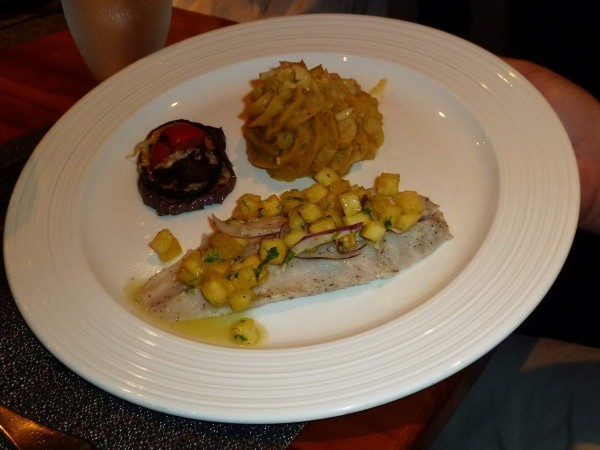Day 6
We woke up ready to begin our journey north through the canal. The captain had to wait for the pilot to board the catamaran. All vessels that transfer through the canal must have a canal official called the pilot on board.
We followed a large cargo ship into the Miraflores Locks.
The large cargo ship was guided by tugboats into the locks where it was attached by cables to train cars for its transport through the locks.
Lots of people watched from the Miraflores Observation Deck as we entered the lock, water lifted our vessel, and we began our transit.
The Miraflores Locks are two-step system. Shortly after exiting those locks, we entered the Pedro Miguel Locks (one-step) following the same cargo ship.
We were raised 85 feet above sea level by the time we left the locks and began our way to Gatun Lake. (Since we were not continuing our transit today, the pilot left)
We had a brief boat tour with our guide Wendy along the shore area of Barro Colorado. She explained the history of the area and we saw some wildlife.
We saw many trees like this one. Although the tree looks alive from a distance, it is actually dead. The greenery you see are scavenger plants and vines that have attached to the trunk and branches. Birds nest here because they are well protected from land predators. After the tour we spent the night anchored in Gatun Lake.
Day 7
Gatun Lake is a manmade lake created for the canal with many islands. The Smithsonian Tropical Research Center is on one of the larger islands, Barro Colorado.
After breakfast, we took a small boat to the island and were met by our guide. He is one of the many scientists doing research on the island.
On the walk we spotted hummingbirds,
monkeys,
a pair of wild turkeys,
some bats,
and an agouti.
We unfortunately saw a dead toucan that had already been someone’s dinner (no picture gross). The island is also home to crocodiles, sloths, tapirs and iguanas, but we didn’t see any of them.
As we headed to the dock area we looked out to where our catamaran was anchored just as a Celebrity Cruise Ship was passing by.
After lunch, another pilot boarded our catamaran and we continued our journey north to the final lock system, Gatun Locks, where we exited the Panama Canal and entered the Caribbean Sea.
This time we were at the front of the lock followed by a large crane ship. It must have been heavy, there was 8 locomotives connected with cables to guide it through the locks. Four at the bow and four at the stern of the ship.
At the Gatun Locks we lowered down in 3 stages back to sea level.
We docked at a marina by the break-wall just outside the locks for the night.
Day 8
After a short, early morning, bumpy ride in the Atlantic Ocean (6am – felt like being in a water bed), we anchored in the Chagres River, had breakfast and took a small boat tour of the water’s edge where Howler monkeys were having their breakfast.
Sandpiper-like birds sunned themselves.
We saw the Gatun dam up close.
And on our way back to the catamaran, Todd spotted a young sloth feeding up in one of the trees.
In the afternoon we hiked up a trail to Fort San Lorenzo. On the hike we saw beetles,
Bullet ants (nasty biters) and leaf-cutter ants.
Click to See Video Clip of Ants
Fort San Lorenzo is located on a cliff at the mouth of the Chagres River.
The fort was built in the 16th century by the Spanish.
Its purpose was to defend their treasures coming from the Pacific side.
One of the creatures of the Fort walls
We were supposed to sail to Portobello in the afternoon for the next day’s visit to more ruins, but the rough waters dictated “Plan B”. We once again sailed the rough (really, really rough) Atlantic waters (chairs were knocked over, utensils flew to the floor, dishes crashed in the kitchen – it was definitely “exciting” – had to hold tight onto our beer glasses, lol), before anchoring once again at the marina.
Our final dinner consisted of Paella (accept for me – I had a chicken stir-fry). Lovers of seafood thought it was delicious.
Day 9
Plan B had us taking a van to see the Gatun Locks from a land perspective.
We spent about 30 minutes viewing a transit.
The current locks are 304.8m long and 33.5m wide.
Next we went to view the construction of the new locks – 427m long and 55m wide. This picture shows the new rolling gates, the right one is extended and left one is retracted. The 16 gates were manufactured in Italy and weigh approx. 3200 tons each
The new set of locks has water saving basins to save over 60% of the water.
It is pretty impressive. It was to have been completed last year for the Panama Canal’s 100th birthday; now the goal is June 2016.
The 21 passengers had a final lunch together. When you travel with a group, you never know how you will gel – ideally, we hope to engage with others and share stories and laughter. Happily we had that on this trip. Justina and Bruce, John, and Ellen and Gary were great company. And Todd practiced some of his German with the German tourists.
Justina, Bruce, and John didn’t join us for the train ride from Colon to Panama City because they needed to depart earlier for their flight back to England. Ellen, Gary, us, and the German tourists enjoyed the hour long ride through the countryside.
Then it was time to say final goodbyes. Most are leaving tomorrow for their flights home. We are staying in Panama to see more of the area.

